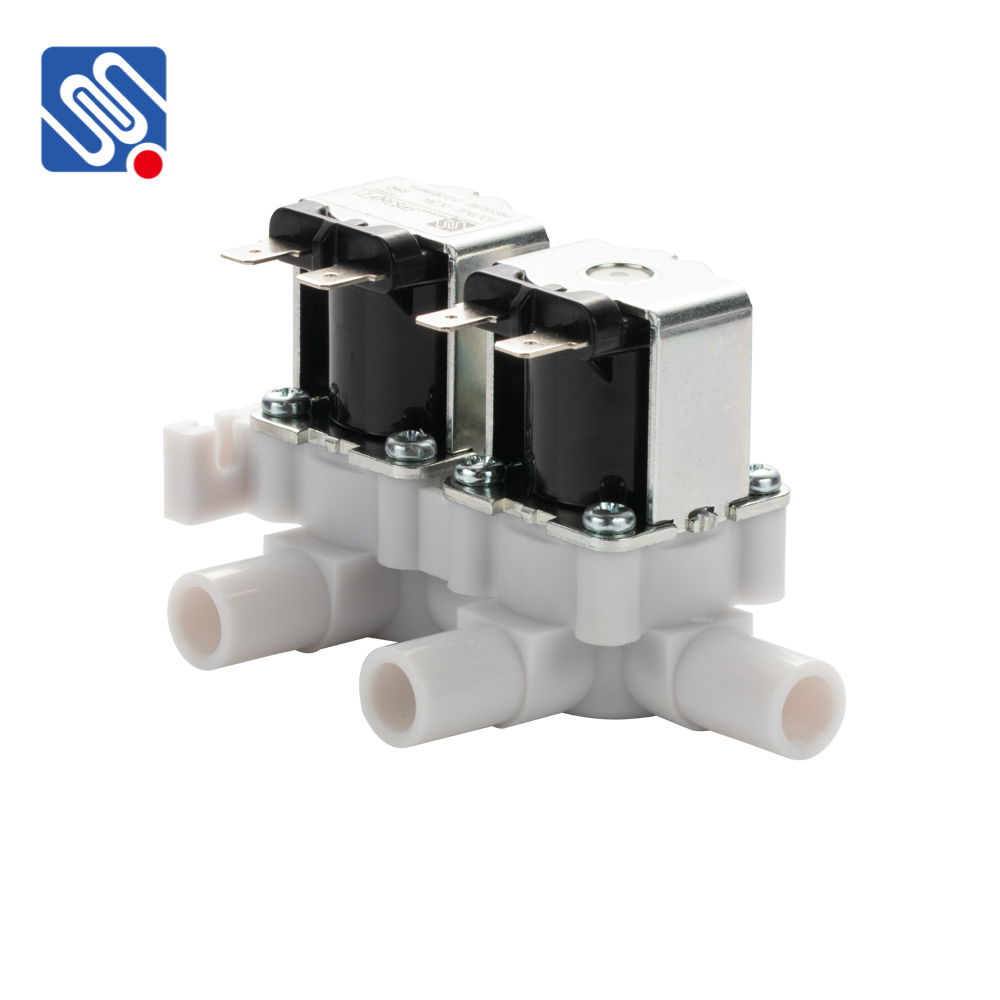A Cold Water Solenoid Valve plays a crucial role in various household appliances and industrial systems. By controlling the flow of cold water with a simple electrical signal, it enables automated water management in systems such as refrigerators, washing machines, and cooling systems. This article will delve into the working principles, components, and applications of cold water solenoid valves, shedding light on why they are an indispensable part of many modern devices.

Understanding the Functionality At its core, a Cold Water Solenoid Valve is an electromechanical device that opens or closes a valve to control the water flow in response to an electrical signal. When the electrical current is applied to the solenoid coil, it generates a magnetic field, which pulls a plunger or valve stem to either open or close the valve. In this way, the water flow is regulated without the need for manual intervention, offering a high degree of automation and precision. The solenoid valve itself typically consists of the following components: Solenoid Coil: This coil generates the magnetic field when powered.